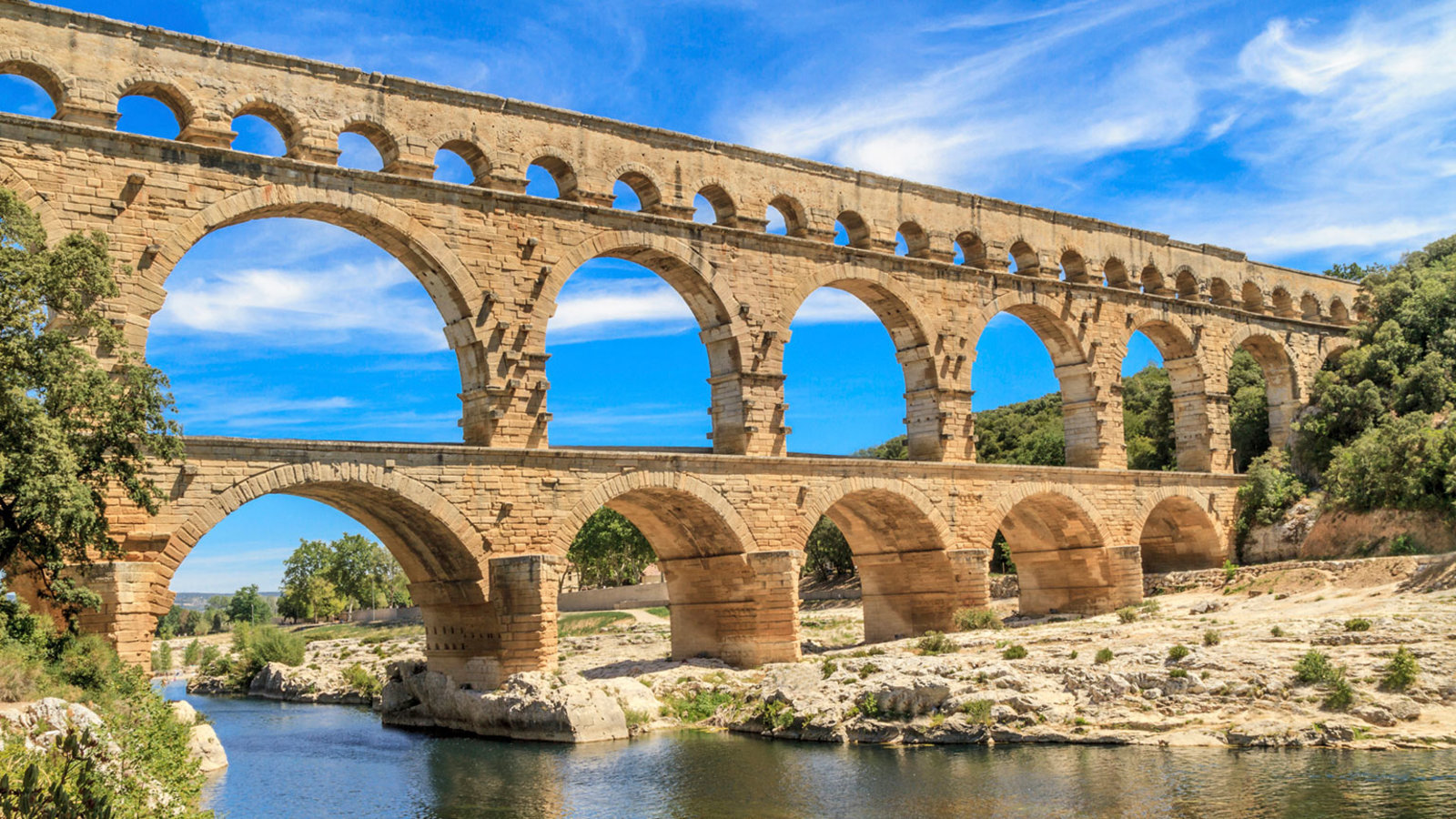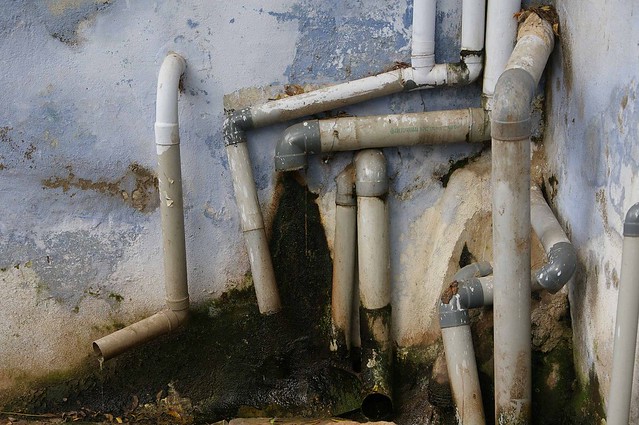
THE $HITHOLE INDEX, OR THE WATER INDICATOR
Ranking societies by cultural success is not easy. Even if you manage to define “success,” which to me means a peaceful, well-functioning, Shire-like society, how do you measure it?
One common indicator is GDP per capita, but it clearly misses the mark due to: a) Countries like Qatar slipping into the top; b) The fact that average GDP tells us very little about what society is like in its middle or core.
Another indicator is economic freedom of the kind the Heritage Foundation likes to measure. This seems to come closer than GDP as a way of assessing “good” countries, but here too things get awkward. Chile ahead of Japan? Malaysia ahead of Cyprus? Chile might be more “free” than Japan somehow (although I seriously doubt it), but it’s certainly not a more functioning society.
So a distinction I favor is that of countries where one can drink the water vs. countries where one cannot. Ranking-wise, this seems to hit the spot. For instance, even though Estonia is heralded by the Heritage Foundation as a beacon of economic freedom, it does not do that well on the drinking water ranking: Only 93% of the population can access clean drinking water, vs. a 1st world standard of about 99%.
Or take Norway, by all accounts a great country in which to live. Based on the Economic Freedom Index it is below places such as Georgia (the one in the Caucasus, not Dixie) and Malaysia. Based on the water index though, it is all the way up with the First World, whereas Georgia scores only 79.9% and Malaysia is at 93% (somehow I doubt this one, but OK, you go and drink from the tap in Penang).
Beyond intuition, why is the water index such a great measure? Whereas GDP and economic freedom may track a government’s lack of intervention or the achievement of capable great men, the water index tracks the functioning level of society as a whole. Think about what it takes to have a functioning water system: You need know-how in water treatment and water transportation. You need the ability to continuously maintain the infrastructure, through check-ups, a strict application of metrics, and the ability to punish polluters. You need a population that avoids open defecation and a sewage system that does not spill into the water system. You also need meticulous maps of the normally underground water infrastructure and the continuous tracking and enforcement of standards through building codes and zoning regulations.
India, for instance, which is a relatively free place, has an extremely messy water infrastructure: According to some estimates, the country loses 20%-35% of its water due to leaking. With its massive and chaotic population, India lacks even basic blueprints of its plumbing system and virtually has no control over sanitation, urban planning, or pollution standards. What India lacks is not necessarily freedom, a good constitution, or a good legal tradition (it is actually a Common Law country). But it does lack the je ne sais quois that separates a functioning culture from a non-functioning one.
And so, when Trump famously complained about immigration from “shithole” countries, he was as always right. Countries low on the water index list tend to have high levels of fecal residue in their drinking water, hence they are very aptly “shitholes.” So perhaps to keep it classy, Trump could have said, “let’s have less immigration from countries where you cannot drink the water.”

Follow us on Twitter!
And sign up for updates here!